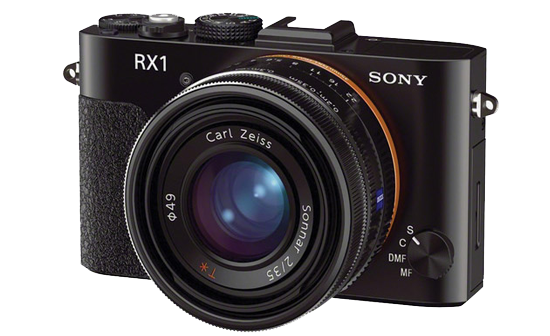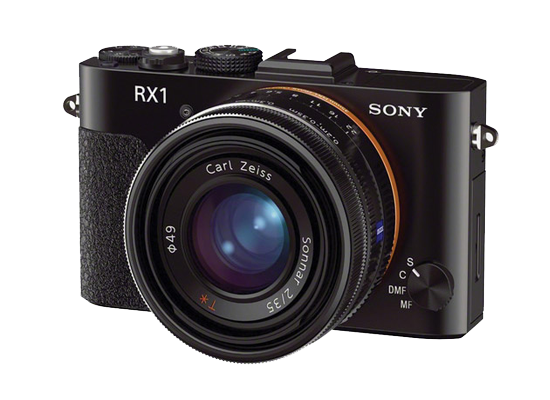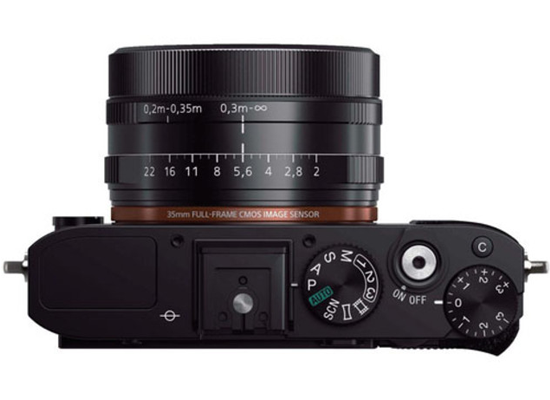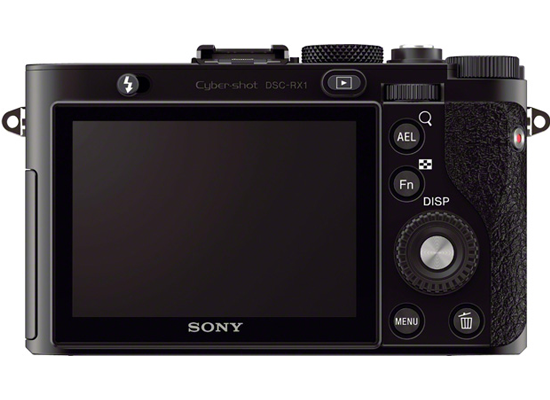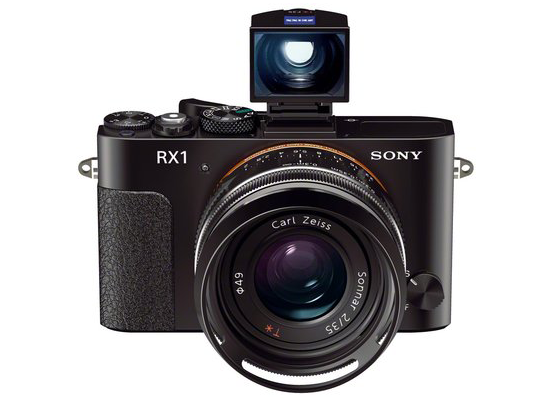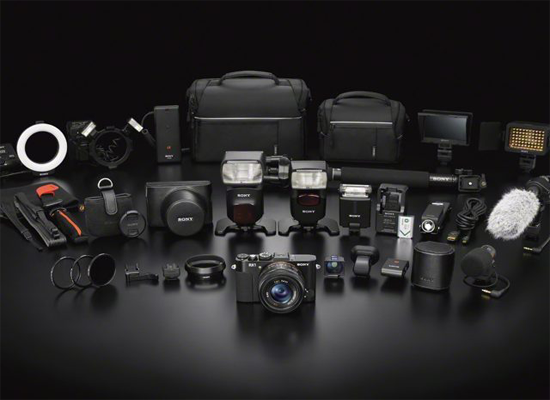Based in Japan, Sony is one of the most recognized electronics brand in the world. From consumer electronics to computer peripherals, Sony manufactures and markets it all. Sony prides itself in being the manufacturer of the first commercially released transistor radio. Over the years, Sony has managed to manufacture and design an array of one-of-a-kind gadgets and innovative electronic products.
Certainly in the camera and digital SLR arena, Sony has designed some radical photographic equipments and accessories. Cyber-shot, Alpha NEX, and Alpha DSLR series of cameras catapulted Sony’s global status as a quality and renowned photographic equipment manufacturer.
Sony recently unveiled the Cyber-shot RX1 as the world’s smallest full-frame sensor camera with a fixed lens that could capture professional grade images. It was reported that it could match the picture quality rendered by digital single-lens reflex cameras (DSLRs). Till date, the Cyber-shot series of digital cameras (comprising of the T, W, H, and S series) are known for their compactness and ability to capture digital stills. But this time around, Sony has broken the sameness by designing camera that has the capability of digital SLR camera.
Boasting a 24.3 megapixel effective 35 millimeter full-frame sensor, the RX1 has an advanced balance with prominent resolving power. It incorporates a proprietary image processor called BIONZ that is capable of shooting images at a rate of 5 frames per second. The F 2.0 Carl Zeiss Sonnar T lens with multi-layered coating ensures quality defocusing and reduces ghost flares in images caused due to light reflection.
When it comes to video recording, the RX1 is capable of recording videos in full HD with complete manual controls and audio inputs. The user can preset exposure and manual shooting controls based on the type of recording. The recorded videos can be viewed with the help of an in-built microphone and speaker, while an additional microphone can also be plugged in. The camera also allows for full frame burst video shooting and records 720 pixel AVCHD 2.0 video clips at 24 pixels and 60 pixels. With an external HDMI connection, you can view and monitor videos on an external screen.
The Sony RX1 is equipped with advanced focus and face recognition technologies. The camera is packed with a CMOS sensor that improves sensitivity and delivers top-notch image signals to the camera’s processor. The RX1’s focusing speeds certainly mimic the focusing speeds of high-end DSLR cameras. On the Intelligent Scene Recognition Mode, the camera automatically adjusts camera settings based on the types of photos and videos. In the auto and advanced modes, the camera captures images using optimal settings and also captures a second image in low light settings.
The in-built pop up flash is customizable with five modes and the digital level gauge allows for seamless camera leveling. There are three manually operational lens rings with which users can adjust apertures and switch between macro rings. The RX1 boasts 3-inch TFT liquid crystal display with aspect ratio and brightness control options. Assessing the storage options, there is a memory card slot that is compatible with Memory Stick Duo, SD, SDHC, and SDXC. For connectivity, there is a micro USB port and a high-speed USB 2.0 port, along with a micro HDMI port and a multi-interface accessory shoe.
All-in-all the Sony RX1 looks to be a viable option for capturing high-grade pictures and videos when compared to high-end DSLRs. The camera certainly boasts the credentials of professional camera, but you will have to wait for the final verdict until we get to test its performance upon its commercial availability. The RX1 is set to be launched commercially sometime in November 2012, so you’ll have to live with the hype till then.
This is a guest post by Sharon Thomas of thecornersuite.com, a site that offers savings and current information on dish internet as well as dish.com services.

